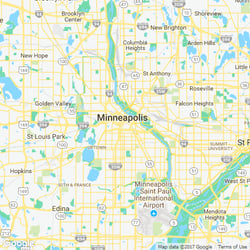The Easiest Way To Order Minneapolis Lawn Care
Order Minneaplis lawn care and other lawn services from the comfort of your screen.

How LawnStarter works
Get started in under 5 minutes

View Pricing

Choose your service date

Let our pros do the work
Why LawnStarter?
Happy customers all over Minneapolis
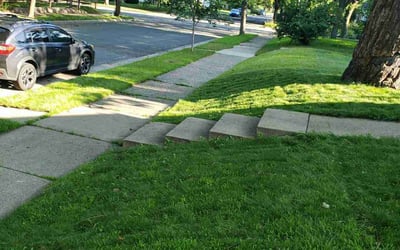
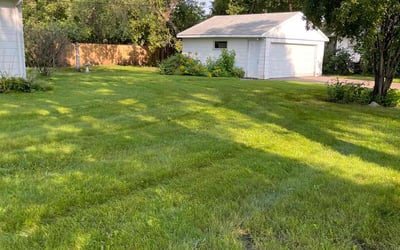
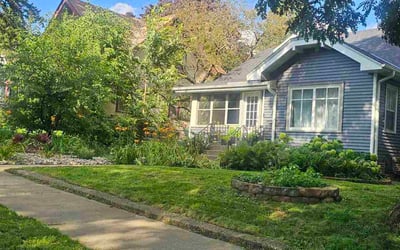
Minneapolis, MN - May 27, 2025
Local Lawn Care Facts & Resources
Lawn tip of the week
Did you know? There are approximately 50 million acres of grass in the United States. Approximately 21 million of those acres are in our front and back yards.
Resources
Native Plants to Minneapolis
Lawn Care Facts
| Average Yard Size | 8,166 sq ft |
| Average Mowing Price | $53.64 |
| Weekly Cuts | 65.0% |
| Biweekly Cuts | 5.0% |
| Monthly Cuts | 30.0% |
| Lawns Fertilized | 12.0% |
| Lawns with Leaf Removal | 11.0% |
| Aerated Lawns | 9.0% |
| Yards with Cleanups | 10.0% |
| Days That Are Sunny | 58% |
Take your lawn on the go.
An app for lawn care, seriously? You betcha! Stay up‑to‑date on your lawn wherever you go.
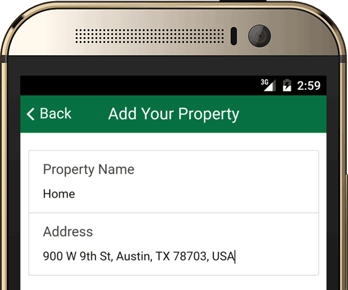
Easy, Affordable Lawn Care Services in Minneapolis
Here in Minneapolis, we may rejoice when the weather turns nice, but lawn maintenance is one of the most dreaded chores we have to deal with. Tired of pushing your lawn mower around your yard? Want to store something other than lawn equipment in your shed? Let LawnStarter's pros keep your grass trim, green, and healthy.
Here's what you need to know about lawn care in Minneapolis:
Best Grass Types: Cool-season grasses like Kentucky bluegrass, fine fescue, and perennial ryegrass.
Mowing Season and Mowing Frequency: You should mow your grass once a week in the summer to keep it healthy. On average, your grass should stay somewhere between 2-4 inches tall.
Common Lawn Diseases: Brown patch, leaf spot, large patch, dollar spot, red thread, snow mold, and fusarium blight cause lawns to turn brown and can eventually kill the grass. When you notice an area of your lawn that isn't as green as the rest, our pros will diagnose and treat the problem.
Lawn Care Services We Offer: Yard cleanups, tree and bush trimming, fertilization, aeration, weed control, and a whole lot more. We also remove leaves, lay sod, and tend gardens.
Other Outdoor Services We Offer: Our nearby pros also clean gutters, pressure wash driveways, and landscape yards. Want an arbor, fire pit, or patio? Look no further. Our pros can do it all.
Call us to get a custom, no-obligation quote. Our pros will be happy to work with your tastes as well as your budget.
Meet some of our top Minneapolis lawn care pros



Recent Reviews
We encourage feedback from all customers to ensure we are delivering the best service possible.
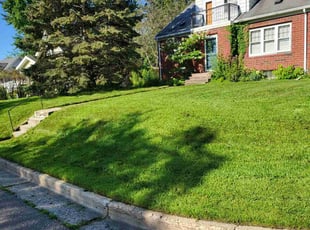
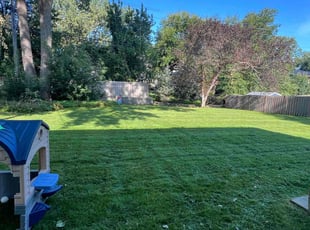
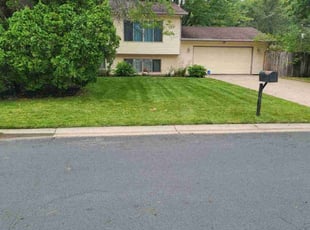
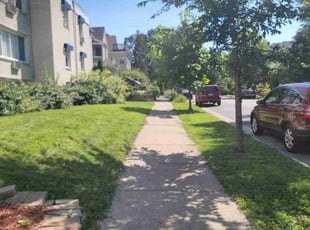
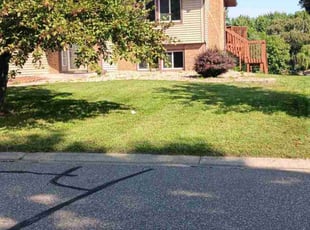
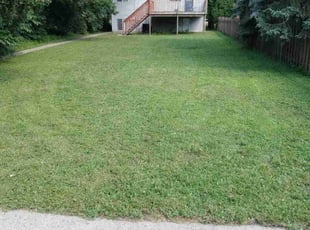
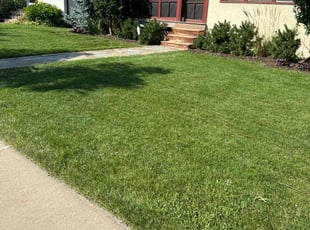





Service Recommendations in Minneapolis
LawnStarter pros will let you know what your lawn needs. Here are some recent recommendations for lawn care services in Minneapolis, MN.
Pro Recommendation for Yard Cleaning
Pro Recommendation for Leaf Collection
Pro Recommendation for General Landscaping / Maintenance
Pro Recommendation for Leaf Collection
Pro Recommendation for Yard Debris Removal
Pro Recommendation for Flower Bed Weeding
Top Minneapolis, MN Lawn Services of May 2025
